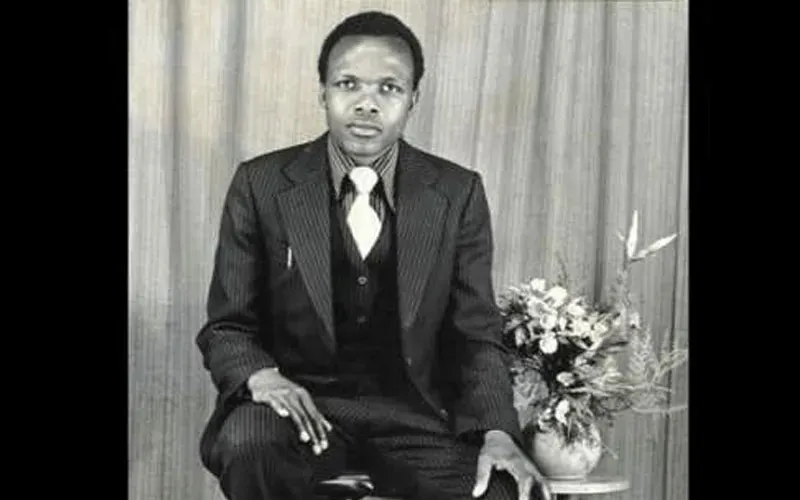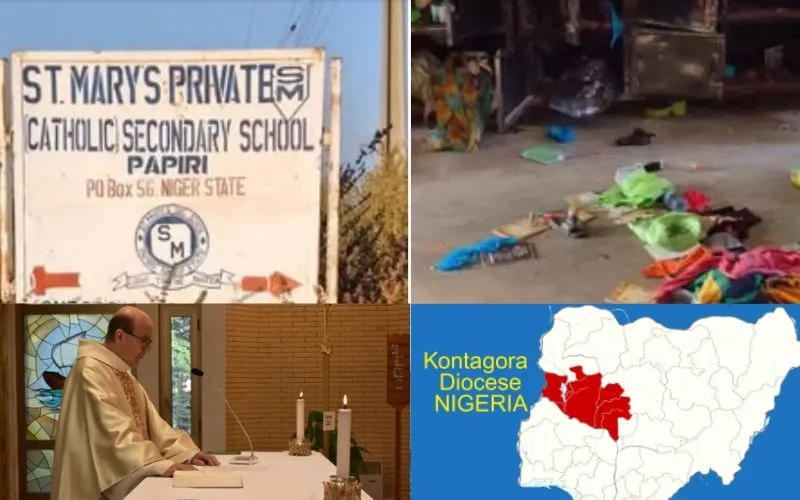Bishop Rodrigues said in reference to South Africa’s first potential saint, “He did not hold the sins of those who killed him against them… He died in prayer and the prayer recognized to have been in his heart and lips was the prayer of abandoning one’s life to God – Father into your hands I commit my spirit.”
The Bishop added, “Benedict Daswa died in that spirit of not seeking revenge or of wanting his enemies to suffer for the sins, but at peace with life in his last piece of breath.”
That Blessed Daswa died having forgiven his persecutors, the 65-year-old South African Bishop said, is a “wonderful testimony” for the Christians of Tzaneen Diocese as well as in South Africa and beyond.
“God forgives from the heart. An important teaching for us and it underlines why we acclaim Blessed Benedict Daswa, a martyr of Christ,” Bishop Rodrigues said in his address on 13 September 2020.
Last year, Wilfrid Cardinal Napier described Blessed Daswa as “a grain of wheat” and encouraged Christians to heed to the challenge by the Blessed, to convert to Jesus Christ and His Gospel.
(Story continues below)
“That grain of wheat that fell to the ground and died,” Cardinal Napier reflected on 1 February 2020, during the 30th anniversary of the martyrdom of Blessed Benedict Daswa.
The South African Cardinal who was at the helm of Durban Archdiocese at the time explained, “Over the past thirty years that grain has germinated and began to produce many fruits. Some of those fruits are here today. Indeed, we who are here today are those fruits, plus many others who are not here but are praying with us.”
In January 2015, Pope Francis approved a decree recognizing his martyrdom, which allowed for his beatification.
In the decree, the Holy Father described Daswa as, “a layman, father of a family, martyr, diligent catechist, considerate teacher, witness of the Gospel until the shedding of blood.”
Following the decree, Daswa’s remains were later transferred to Nweli Catholic Church in August 2015 in readiness for his beatification on 13 September 2015.
An estimated 30,000 people among them his 91-year-old mother and his eight children attended the event held at Limpopo, which was presided over by the then Prefect of the Congregation for the Causes of Saints, Angelo Cardinal Amato.
In the Sunday, September 12 report, Sr. Munzhedzi explained the steps before Blessed Daswa can be declared a Saint.
“We have a few ways of recognizing that a person is becoming a Saint. Martyrdom is what we are using in order to have him become a saint. Martyrdom is already acknowledged that it has happened,” Sr. Munzhedzi said.
She added, “What is left is just for him to be acknowledged as a saint. However, for that to happen, we need a recognized miracle by the Church.”
Agnes Aineah is a Kenyan journalist with a background in digital and newspaper reporting. She holds a Master of Arts in Digital Journalism from the Aga Khan University, Graduate School of Media and Communications and a Bachelor's Degree in Linguistics, Media and Communications from Kenya's Moi University. Agnes currently serves as a journalist for ACI Africa.








